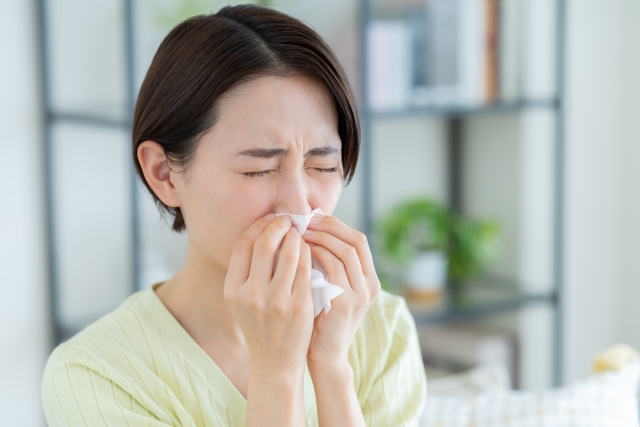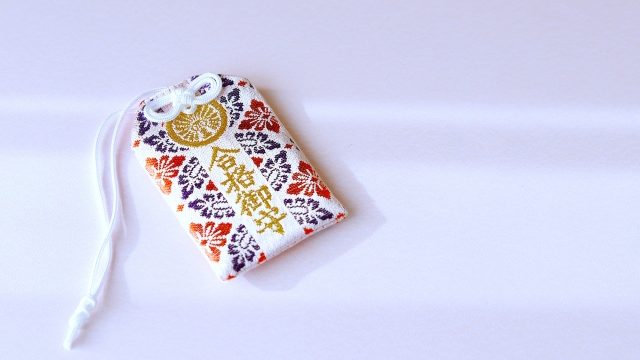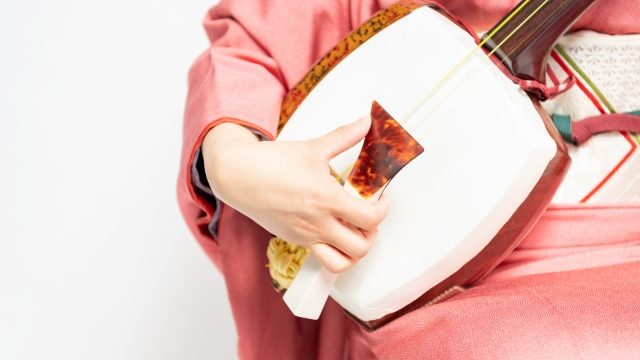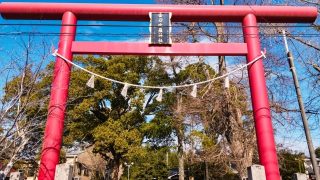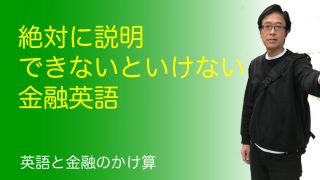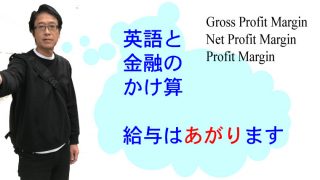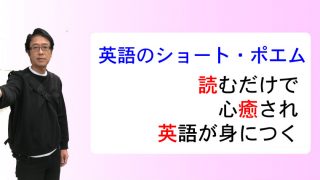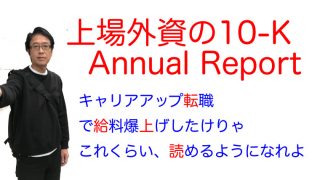Hay Fever in Japan: Understanding ‘Kafunshou’ (花粉症)
日本では春の訪れとともに多くの人々が悩まされる「花粉症」。
この季節性アレルギーは日本の人口の約30%に影響を与え、国民的な健康問題となっています。
戦後の植林政策により広がった杉や檜の花粉が主な原因ですが、日本社会はこの課題に対して独自の対策文化を発展させてきました。
マスク着用や花粉予報、専用アプリなど、日本の花粉症対策は世界的にも注目される取り組みです。
この記事では、日本の花粉症がどのようにして社会現象となり、人々がどう対処しているのかを海外の方々に紹介します。
はじめに:花粉症とは?
Introduction: What is Kafunshou?
In Japan, spring brings not only beautiful cherry blossoms but also a widespread health condition that affects millions of Japanese people annually: kafunshou (花粉症), or pollen allergy. While hay fever exists worldwide, Japan’s experience with this seasonal allergy has unique characteristics that have made it a significant part of Japanese seasonal health culture.
日本では、春は美しい桜の開花だけでなく、毎年何百万人もの日本人に影響を与える広範囲にわたる健康状態をもたらします:花粉症(かふんしょう)。花粉症は世界中に存在しますが、日本のこの季節性アレルギーの経験には、日本の季節的な健康文化の重要な部分となるユニークな特徴があります。
日本における花粉症の規模
The Scale of Kafunshou in Japan
It’s estimated that approximately 30% of Japan’s population suffers from some form of pollen allergy, with numbers steadily increasing over recent decades. What makes Japan’s hay fever situation particularly notable is its connection to post-war environmental policies—specifically, the mass planting of Japanese cedar (杉, sugi) and cypress (檜, hinoki) trees during reforestation efforts in the 1950s and 60s.
日本の人口の約**30%**が何らかの花粉アレルギーを患っており、近年その数は着実に増加しています。日本の花粉症の状況が特に注目すべきなのは、戦後の環境政策との関連です—特に、1950年代から60年代にかけての再森林化の取り組みの中で、日本杉(杉)と檜(ひのき)の大量植樹が行われたことです。
These pollen-producing trees now blanket much of Japan’s mountainous regions, releasing massive amounts of pollen each spring. Some areas experience pollen counts up to 5,000 grains per cubic meter, creating what some Japanese media refer to as a “pollen tsunami” (花粉tsunami).
これらの花粉を生産する木々は現在、日本の山間部の多くを覆っており、毎春大量の花粉を放出しています。一部の地域では、1立方メートルあたり5,000粒もの花粉数を経験し、日本のメディアが「花粉tsunami」と呼ぶものを作り出しています。
症状と文化的影響
Symptoms and Cultural Impact
The symptoms of kafunshou are familiar to allergy sufferers worldwide:
- Sneezing and runny nose
- Itchy, watery eyes
- Throat irritation
- Fatigue and difficulty concentrating
花粉症の症状は、世界中のアレルギー患者にとってお馴染みのものです:
- くしゃみと鼻水
- かゆみ、涙目
- のどの刺激
- 疲労と集中力の低下
However, what sets Japan apart is the cultural and commercial response to this annual health challenge. During peak pollen season (typically February to May), it’s completely normal to see:
しかし、日本を特徴づけるのは、この毎年の健康課題に対する文化的・商業的な対応です。ピーク花粉シーズン(通常2月から5月)には、以下のようなことが完全に普通に見られます:
- Specialized pollen forecasts on daily weather reports
- “Pollen alerts” sent to smartphones
- Widespread mask wearing (a practice that predated COVID-19)
- Drug stores featuring prominent displays of anti-allergy medications
- 毎日の天気予報での特別な花粉予報
- スマートフォンに送信される「花粉アラート」
- 広範囲にわたるマスク着用(COVID-19以前からの習慣)
- 薬局での抗アレルギー薬の目立った陳列
日本で使用されている対策方法
Coping Strategies Used in Japan
Japanese society has developed numerous ways to cope with kafunshou:
日本社会は花粉症に対処するための多くの方法を開発しています:
保護対策
Protective Measures
- Masks: Special anti-pollen masks (花粉症マスク) with multiple filtration layers are standard. These differ from regular surgical masks in their ability to filter microscopic pollen particles.
- マスク:複数のフィルターレイヤーを持つ特別な花粉症マスク(かふんしょうマスク)が標準です。これらは微小な花粉粒子をろ過する能力において、通常の医療用マスクとは異なります。
- Glasses: Many Japanese wear special glasses or goggles to prevent pollen from reaching their eyes.
- メガネ:多くの日本人は、花粉が目に到達するのを防ぐために、特別なメガネやゴーグルを着用しています。
- Clothing care: Practices like avoiding hanging laundry outside during peak pollen season and wiping down clothes before entering the home.
- 衣類のケア:ピーク花粉シーズン中に洗濯物を外に干すことを避け、家に入る前に衣服を拭き取るなどの習慣。
医学的アプローチ
Medical Approaches
Japan offers a wide range of over-the-counter and prescription treatments:
- Antihistamine medications
- Eye drops
- Nasal sprays
- Desensitization therapy (免疫療法)
日本では様々な市販薬と処方薬が提供されています:
- 抗ヒスタミン薬
- 目薬
- 鼻スプレー
- 脱感作療法(めんえきりょうほう)
技術的解決策
Technological Solutions
The tech-savvy Japanese market has produced innovations such as:
- Air purifiers specifically designed to capture pollen
- Pollen tracking apps with real-time alerts
- Pollen-blocking sprays for clothing and surfaces
- “Pollen robot” sensors that provide hyperlocal pollen counts
ハイテク志向の日本市場では、以下のようなイノベーションが生み出されています:
- 花粉を捕捉するために特別に設計された空気清浄機
- リアルタイムアラート付きの花粉追跡アプリ
- 衣類や表面用の花粉ブロックスプレー
- 超局所的な花粉数を提供する「花粉ロボット」センサー
結論:アメリカ人が学べること
Conclusion: What Americans Can Learn
While the severity of Japan’s pollen problem is unique due to specific environmental factors, the Japanese approach to managing seasonal allergies offers valuable lessons:
日本の花粉問題の深刻さは特定の環境要因によるユニークなものですが、季節性アレルギーを管理する日本のアプローチは貴重な教訓を提供します:
- Preventative mindset: Rather than just treating symptoms after they appear, Japanese culture emphasizes preventing exposure in the first place.
- 予防的思考:症状が現れた後に治療するだけでなく、日本文化はそもそも曝露を防ぐことを重視しています。
- Community awareness: Pollen forecasts create shared awareness and normalize protective measures.
- コミュニティ意識:花粉予報は共有認識を作り出し、保護対策を正常化します。
- Innovative solutions: The problem has spurred creative technological and pharmaceutical developments.
- 革新的な解決策:この問題は創造的な技術的・薬学的発展を促しています。
As climate change and environmental factors continue to increase allergy severity worldwide, Japan’s comprehensive approach to kafunshou offers a model for societies looking to adapt to increasingly challenging pollen seasons.
気候変動と環境要因が世界中でアレルギーの重症度を高め続けるにつれて、花粉症に対する日本の包括的なアプローチは、ますます厳しくなる花粉シーズンに適応しようとする社会にとってのモデルを提供しています。
外資系企業への英語面接サポート・サービスで不安を解消しましょう!
stephenpong.com では、おひとりおひとりに合わせて
英語面接のサポートをレジュメの作成段階からご指導致します
まずは、お問い合わせください
自分で用意した英文レジュメはこれでいいのかな?
英語面接の質問とその答え方はどう準備したらいいの?
英語の面接に不安を感じる、模擬面接で練習したい?!
これらのお悩みをすべて解決します!
お気楽に下記フォームからご相談ください!
人生を動かしましょう!
ごく稀に、返信メールがお客様の迷惑フォルダに紛れ込んでいる場合がありますのでご注意ください。
